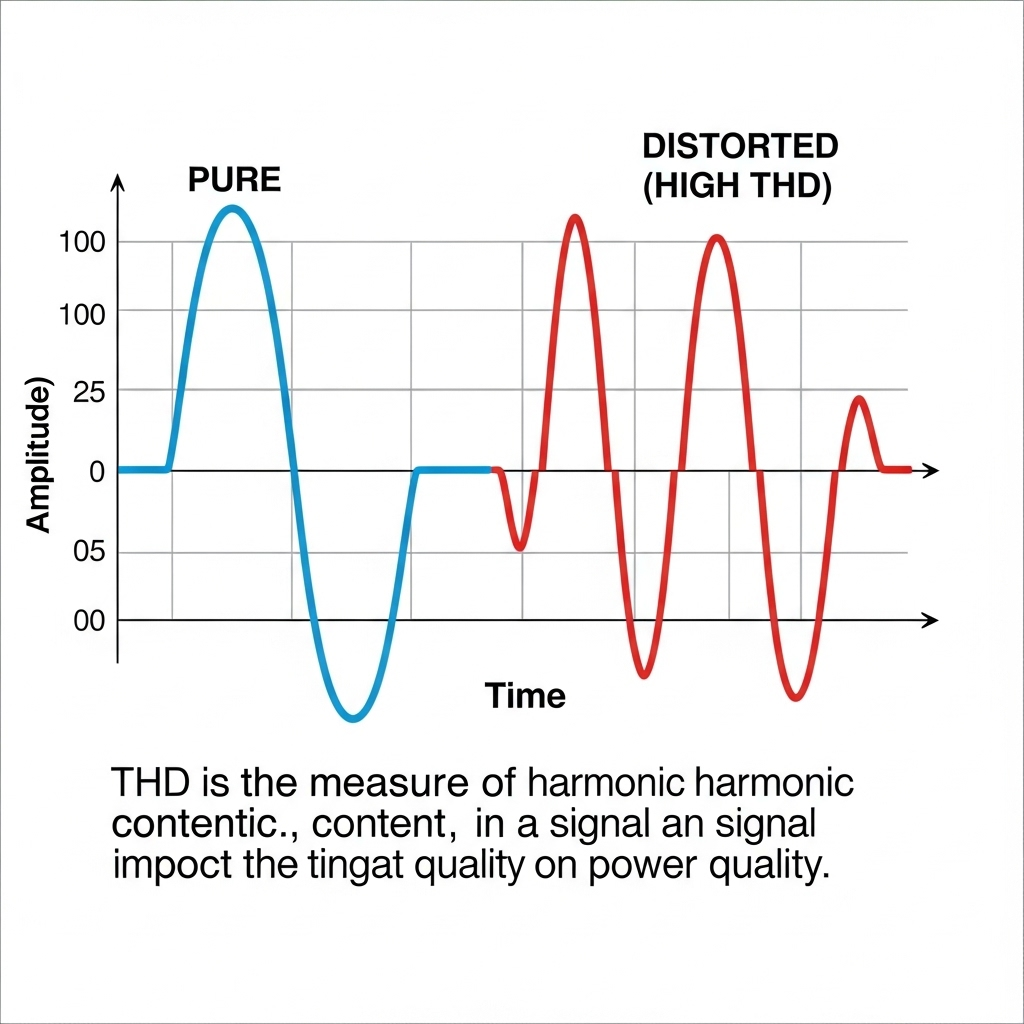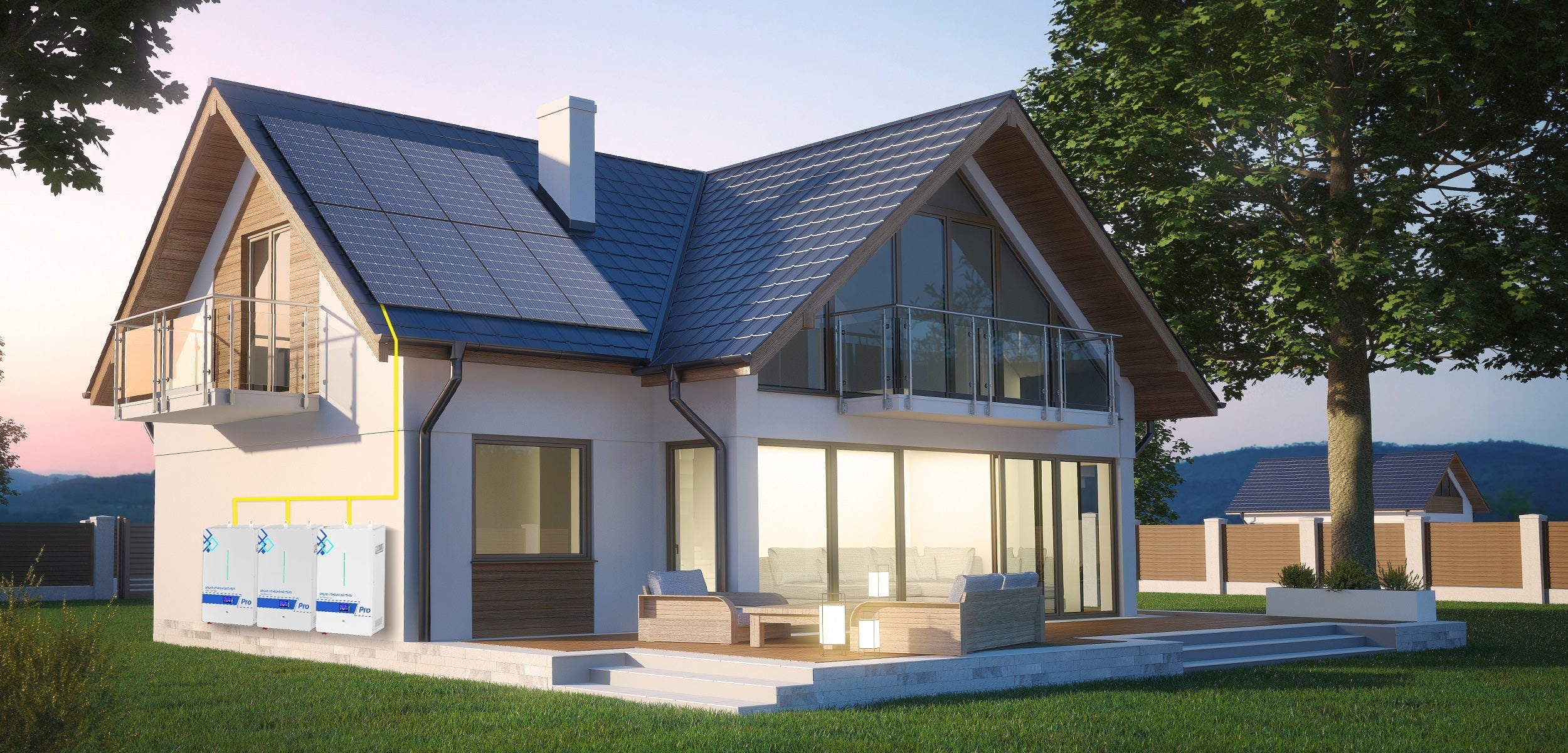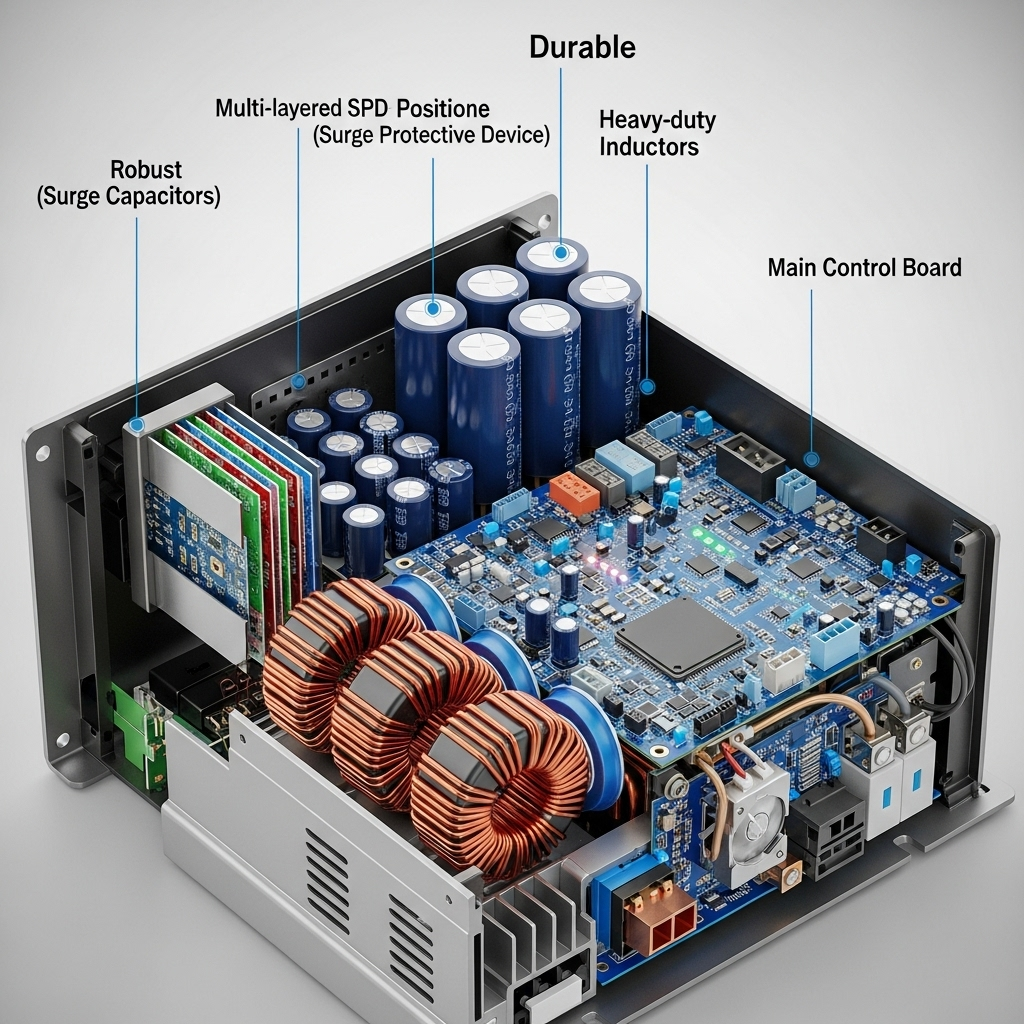An inverter is the heart of any solar power system, yet its true performance is often misunderstood. Many focus solely on peak power ratings, overlooking two critical metrics that define real-world effectiveness: the efficiency curve and Total Harmonic Distortion (THD). Understanding how to map efficiency and control THD is fundamental to maximizing your energy harvest, protecting your appliances, and ensuring the long-term reliability of your investment. This text explains the practical steps to analyze and optimize these key performance indicators.
Beyond Peak Ratings: The Importance of the Efficiency Curve
Peak efficiency is the maximum conversion efficiency an inverter can achieve, typically under ideal laboratory conditions. This single number is not representative of everyday performance. A solar array's output fluctuates throughout the day with changing sunlight, meaning the inverter rarely operates at its peak power level. The efficiency curve provides a complete picture, showing how efficiently the inverter converts DC to AC power across its entire operational range. According to the International Energy Agency, well-designed PV plants achieve an average performance ratio of 80% to 90%, a figure that accounts for all system losses, including those from the inverter's conversion process.
How to Map Your Inverter's Efficiency
Creating an efficiency curve for your inverter is a technical but insightful process. It involves measuring its performance at different load levels. You will need a stable DC power source, accurate DC and AC power meters, and a set of variable AC loads.
The procedure involves these key steps:
- Measure No-Load Consumption: First, determine the power the inverter consumes when it is on but not supplying any power to a load. This is the baseline power loss.
- Test at Various Load Points: Apply controlled AC loads, for instance, at 10%, 25%, 50%, 75%, and 100% of the inverter's rated capacity.
- Record Power In and Out: At each load point, precisely measure the DC power going into the inverter and the AC power coming out.
- Calculate Efficiency: Use the formula: Efficiency (%) = (AC Power Out / DC Power In) x 100.
- Plot the Data: Create a graph with the load percentage on the horizontal axis and the calculated efficiency on the vertical axis. This visual representation is your inverter's efficiency curve.
Interpreting the Curve for Performance Optimization
A superior inverter exhibits a flat and high efficiency curve, maintaining strong performance even at low load levels (e.g., 20-30% of its capacity). This data is invaluable for system design. For example, it helps in optimizing the DC/AC ratio—the ratio of your solar panel array's power rating to the inverter's power rating. Intentionally oversizing the solar array can keep the inverter operating in its most efficient range for more hours of the day. As noted in an IEA report, downsized inverters (a higher DC/AC ratio) can lead to a more system-friendly generation profile by broadening the peak production plateau, even if it introduces some energy clipping.
| Load Percentage | DC Power In (Watts) | AC Power Out (Watts) | Efficiency |
|---|---|---|---|
| 10% | 330 | 300 | 90.9% |
| 25% | 815 | 780 | 95.7% |
| 50% | 1610 | 1550 | 96.3% |
| 75% | 2405 | 2320 | 96.5% |
| 100% | 3200 | 3080 | 96.3% |
Demystifying and Reducing Total Harmonic Distortion (THD)
Total Harmonic Distortion is a measurement of how much the AC waveform produced by an inverter deviates from a perfect sine wave. Ideally, an inverter should produce a clean, smooth sine wave, but various factors can introduce distortions or 'harmonics'. High THD is problematic because it can cause connected devices to malfunction, generate excess heat, and operate inefficiently. This is especially true for sensitive electronics and motors.

Common Causes of High THD in Solar Systems
Several factors can contribute to elevated THD levels. Non-linear loads, such as switch-mode power supplies found in computers, LED lighting, and variable speed motors, are primary culprits. These devices draw current in abrupt pulses rather than smoothly. The inverter's own design and quality also play a significant role. Modern, high-frequency pure sine wave inverters generally have very low THD (under 3%), while older or lower-quality modified sine wave inverters can have THD levels exceeding 20%.
Practical Steps to Measure and Reduce THD
Measuring THD requires a specialized tool like a power quality analyzer or a high-end multimeter with this function. Once you identify a problem, several strategies can mitigate it:
- Select Low-THD Inverters: The most effective approach is to choose an inverter designed for low harmonic output from the start. Check the manufacturer's specifications sheet for the THD rating.
- Install Harmonic Filters: If high THD is caused by specific loads, passive or active harmonic filters can be installed on those circuits to absorb the distortion.
- Proper System Grounding: A robust and correctly installed grounding system is essential for minimizing electrical noise and interference that can contribute to power quality issues.
- Manage Your Loads: If possible, run heavy non-linear loads on dedicated circuits to isolate their impact from more sensitive electronics.
The Interplay Between Efficiency, THD, and System Design
Optimizing a solar energy system requires a holistic approach. It is not enough to focus on one metric at the expense of others. For instance, the electronic filtering needed to achieve ultra-low THD can sometimes introduce a minor efficiency loss. The objective is to find an optimal balance that delivers both clean and efficient power.
Balancing Efficiency and Power Quality
True system performance is a blend of multiple factors. As detailed in the ultimate reference for solar storage performance, evaluating an inverter requires looking beyond a single number. A comprehensive assessment considers the efficiency curve, THD levels under different loads, and its ability to handle power surges. This ensures the system is not only productive but also resilient and safe for all connected equipment.
The Role of Advanced Inverter Technology
Modern inverter technology offers sophisticated solutions for power management. Grid-forming inverters, for example, do more than just convert power; they can actively stabilize the local grid. A U.S. Department of Energy project demonstrated that grid-forming inverters could be used to restart a grid after a complete blackout, showcasing their advanced capabilities in maintaining power quality. Furthermore, innovations at the component level, such as module-level power electronics, also contribute to overall system gains. These devices can boost power generation by allowing each solar panel to operate independently, improving the DC power profile delivered to the inverter.
Optimizing Your System for Long-Term Value
Mapping an inverter's efficiency curve and managing its THD are crucial for anyone serious about solar energy. These actions translate directly into tangible benefits: more harvested energy, longer lifespan for your appliances, and a more stable and reliable power supply. When selecting an inverter, move past the peak power rating. A thorough analysis of its performance data will empower you to build a system that delivers exceptional value for years to come.
Frequently Asked Questions
What is a good efficiency rating for a solar inverter?
While peak efficiencies often exceed 97%, the more important figure is the efficiency across a wide operational range. Look for an inverter that maintains high efficiency (95% or more) at loads between 20% and 80% of its total capacity, as this is where it will operate most of the time.
Can high THD damage my appliances?
Yes. Over time, high levels of Total Harmonic Distortion can cause sensitive electronics to malfunction. It can also lead to excess heat in motors and power supplies, which can shorten their operational lifespan and lead to premature failure.
How often should I check my inverter's performance?
A detailed performance mapping is typically done when the system is first set up. After that, you can use your system's monitoring software to track daily and monthly energy production. If you notice a consistent and unexplained drop in output or experience issues with your appliances, it may be time for a professional power quality assessment.
Does the DC/AC ratio affect THD?
The DC/AC ratio can have an indirect effect. By sizing the solar array larger than the inverter's rating, the inverter is pushed to operate more frequently in its higher power range. In this range, both its efficiency and THD performance are typically at their best. According to the IEA, the optimal DC/AC ratio is a key factor in creating a more stable and valuable PV generation profile.





Leave a comment
All comments are moderated before being published.
This site is protected by hCaptcha and the hCaptcha Privacy Policy and Terms of Service apply.